When your laser level stops working correctly, it can slow down your entire project. This guide walks you through common problems with your laser level and shows you how to fix them. You'll find solutions for basic issues like power and battery problems, as well as more complex ones like calibration adjustments. We'll also cover simple maintenance steps to keep your tool working well.
Quick Steps to Check Your Laser Level Problems
A few simple checks can identify most laser level problems in minutes. While modern laser levels are built for reliability, occasional issues may arise during normal use.
First Steps to Check Your Laser Level
Check the Power
Start by checking if your device turns on properly. A fully charged battery should last 7 hours with both lines on, or 14 hours with a single line. If the battery drains unusually fast, check if it's been charged properly through the USB-C port. The LED indicator should show solid green when fully charged.
Look for Physical Damage
Check the laser windows for dirt or scratches. The protective rubber casing helps protect against drops and dust, but inspect for any damage that might affect performance. Pay special attention to the pendulum lock switch movement.
Test Basic Functions
- Place the level on a flat surface
- Switch the pendulum lock to "ON" for self-leveling mode
- Check if both vertical and horizontal lines appear clearly
- The lines should stop blinking once self-leveling is complete within 3° tilt
- Verify the green laser lines are bright and visible up to 100 feet indoors
Quick Calibration Test
Set up a simple test: Mark a point on your wall, rotate the level 180 degrees, and check if the laser line hits the same spot. Green laser technology provides clear, sharp lines for accurate measurement. Test the vertical line's coverage if your project requires wide-angle alignment.
When You Need Professional Service
Some problems require expert attention. While your laser level is built for durability, certain issues need professional assessment.
Check Your Warranty First
Check your warranty coverage. Keep your purchase receipt and check the warranty terms before paying for repairs.
Signs of Major Problems
- Laser lines remain dim even with fresh batteries
- Self-leveling feature fails repeatedly
- Unusual noises during operation
- Severe physical damage to the housing
- Lines that won't stabilize or remain straight
- Pulse mode not engaging for outdoor use
Repair or Replace?
Professional repairs typically cost $50-100. If your level is over two years old or the repair estimate exceeds $80, consider buying a new unit instead.
5 Most Common Laser Level Problems and How to Fix Them
Modern laser levels are designed for reliability, but certain issues may occur during regular use. Here are detailed solutions for the most frequent problems users encounter.
1. Power and Battery Issues
Common Symptoms
Your laser level might show power problems through unexpected shutdowns or if it won't turn on at all. The most telling sign is when the battery drains much faster than its rated time - 7 hours for dual lines or 14 hours for single-line use. You might also notice the device working inconsistently during operation.
Solutions
Complete a full charging cycle using the USB-C cable. Remove any debris from the charging port using compressed air. To extend battery life, switch to single-line mode when possible. After many charging cycles, check if the battery still holds a proper charge. For long-term storage, maintain the battery level between 20% and 80%.
2. Accuracy and Calibration Problems
Common Symptoms
Watch for wavy or unsteady lines that could indicate calibration issues. You might notice different measurements when rotating the device 180 degrees, or readings that don't match up at various distances.
Solutions
Begin calibration by placing the level on a completely stable surface. The device needs about 10 minutes to adjust after significant temperature changes. Test the accuracy at 30 feet, and establish reference points to verify alignment regularly.
3. Visibility Issues
Common Symptoms
You might sometimes find the laser lines appearing faint. This is particularly noticeable outdoors, and the brightness might vary along the line length.
Solutions
For outdoor work, turn on the pulse mode, which extends range to 200 feet when used with a receiver. Keep the laser windows clean with a soft cloth. Stay within the 100-foot indoor range for best results. In bright conditions, try to work closer to your target surface. Reducing ambient light can also help when possible.
4. Self-Leveling Malfunctions
Common Symptoms
The most obvious sign is continuous line blinking even on an apparently level surface. You might notice the self-leveling feature taking longer than usual, or getting incorrect level readings.
Solutions
First, confirm that your surface tilt doesn't exceed the 3° self-leveling range. Make sure the pendulum lock switch is completely in the "ON" position. Check the TPR rubber casing for any impact damage. Always give the device time to stabilize on a flat surface before starting work.
5. Mounting and Stability Issues
Common Symptoms
If your level shifts during use or shows inconsistent line positions, you likely have a mounting problem. The base might not sit firmly on the work surface.
Solutions
Start with a thorough cleaning of your mounting surface. The built-in mounting thread works best with a tripod for stable positioning. Inspect the base regularly for damage or accumulated debris. Choose stable, vibration-free surfaces for setup, and make sure the protective casing is clean for optimal grip.
Advanced Problems With Your Laser Level: Complete Solutions
When basic solutions don't resolve your laser level problems, more detailed troubleshooting steps can help identify complex issues. Laser levels work best under specific conditions, and knowing these factors helps maintain optimal performance.
Problems from Construction Site Conditions
Line Not Visible in Strong Sunlight
Direct sunlight reduces laser line visibility. When working outdoors, use pulse mode with a receiver for extended range. Position yourself so the sun isn't directly behind the work surface.
Accuracy Changes in Different Weather
Large temperature changes can affect laser accuracy. Give your laser level 10 minutes to adjust when moving between different temperatures. The device works best in normal room temperature conditions, and extreme heat or cold may affect battery performance.
Device Getting Wet
While modern laser levels have water resistance, high humidity can still affect performance. Keep the device dry when possible and store it in a moisture-free environment. If exposed to damp conditions, allow it to dry completely before use.
Unstable Readings Near Equipment
Construction site vibrations can interfere with the self-leveling mechanism. Set up your laser level away from heavy equipment operation. The protective casing helps absorb minor vibrations, but major shaking will still affect accuracy.
In-Depth Laser Level Diagnostics
A steady light means normal operation. Rapid blinking indicates the surface is beyond the self-leveling range. Slow blinking during startup shows low battery status.
Fixing System Lock-ups
- Turn off the device completely
- Wait 30 seconds
- Turn the pendulum lock to OFF position
- Power on the device
- Slowly switch to self-leveling mode
Long-term Performance Issues
Monitor battery performance over time. Note any changes in operation time from the standard ratings. Track the device's self-leveling speed and line brightness to spot potential issues early.
Accuracy Testing Over Distance
Create a reliable test setup by marking points at 30 feet distance. Check both horizontal and vertical lines, and verify the coverage angle. Compare measurements from different device positions to ensure consistency.
How to Maintain Your Laser Level
Good maintenance helps prevent problems and keeps your laser level working well. Here's what you need to do regularly.
Daily Care Tips
- Clean laser windows with a soft cloth. Wipe the rubber casing with a slightly damp cloth. Don't use harsh cleaners on any part of the device.
- Lock the pendulum before storing. Keep in a dry place at room temperature. Don't leave it in hot or cold places. Store with 20-80% battery charge.
- Use the pendulum lock when moving the device. Keep it in its protective case. Avoid dropping or strong impacts during transport.
- Check laser brightness before use. Make sure self-leveling works. Check battery level - you need 7 hours for dual lines, 14 hours for single line use.
Regular Maintenance
- Look for damage on mounting threads. Check if pendulum lock works smoothly. Test both laser lines. Make sure the charging port is clean.
- Test accuracy every three months. Check both horizontal and vertical lines. Verify readings at different distances up to 100 feet indoors.
- Check the protective case for damage. Make sure rubber seals are good. Look for any loose parts.
- Write down when you do repairs. Note accuracy test results. Record any unusual problems. Keep your warranty information.
Regular care of your laser level takes only a few minutes each day. These simple steps will keep your laser level working accurately and reliably on every job.
Features Guide: Fanttik D2 PLUS Cross Line Laser Level
The Fanttik D2 PLUS comes with advanced features that improve accuracy and ease of use. Here's how to make the most of these capabilities.
Green Laser Benefits
The D2 PLUS uses advanced green diode technology that appears brighter than traditional red lasers. This provides clear visibility up to 100 feet indoors, with extended range up to 200 feet when using pulse mode with a receiver.
Built-in Protection
The D2 PLUS features an IP54-rated case and TPR rubber protection. The self-leveling mechanism locks automatically during transport. These safeguards help protect your device from dust, water splashes, and accidental drops.
Battery Management
The 2600mAh battery provides 7 hours of dual-line use or 14 hours in single-line mode. The USB-C charging port enables convenient recharging. For best battery life, maintain charge between 20-80% during storage.
Special Features
Pulse mode enhances outdoor visibility with a receiver. The self-leveling system works within 3° tilt range. A 130° vertical spread provides wide coverage for various applications. Manual mode allows line-locking at custom angles.
Regular testing ensures all features continue working as designed. Understanding these capabilities helps you get the most value from your D2 PLUS.
Use Your Laser Level Better!
The Fanttik D2 PLUS helps you work accurately when you take good care of it. Clean it regularly, store it properly, and use its features correctly. Most problems have simple fixes, though some may need professional repair. Keep the battery charged, test accuracy often, and protect it from damage. Good maintenance will keep your laser level working well for all your projects.

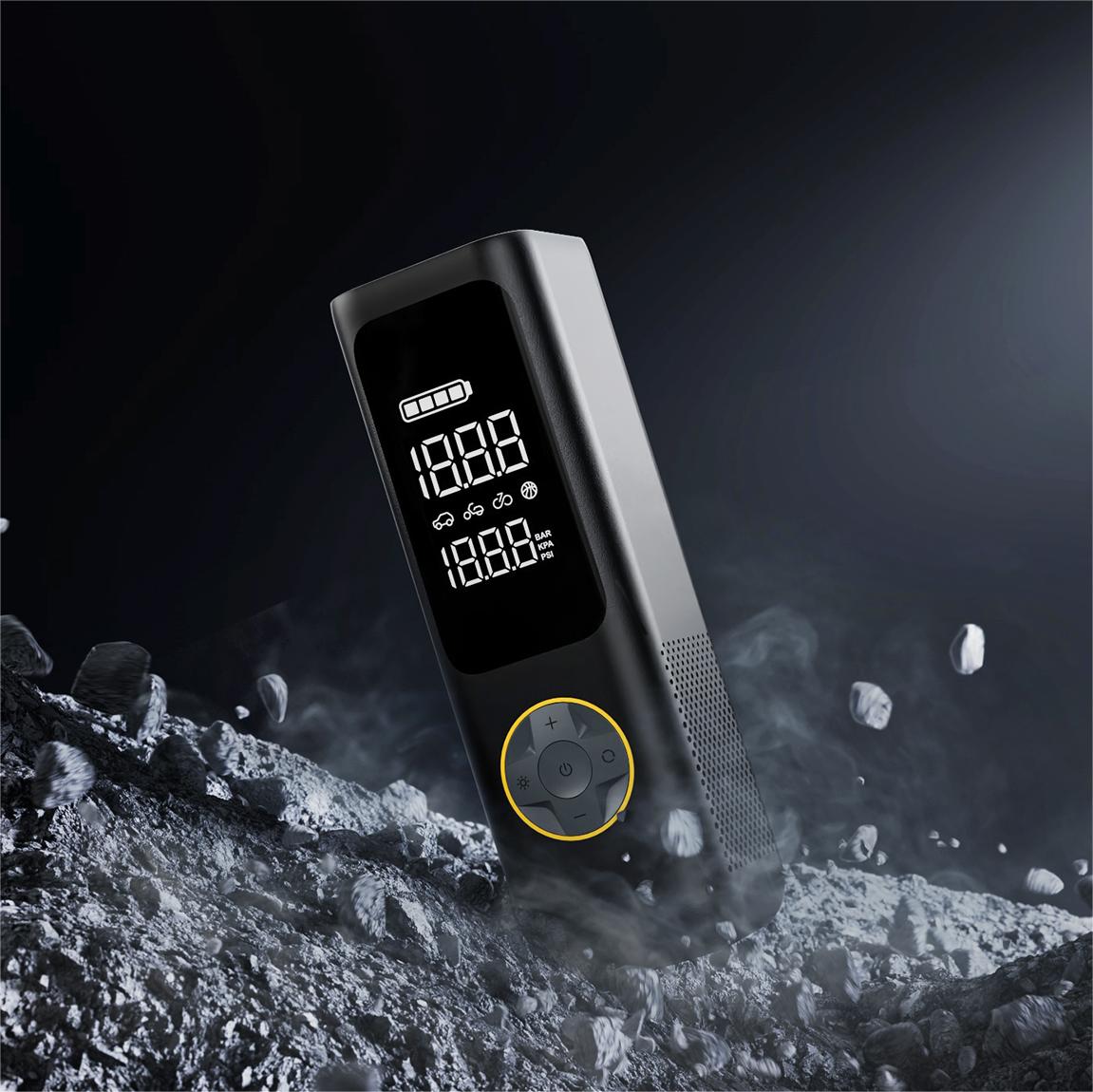



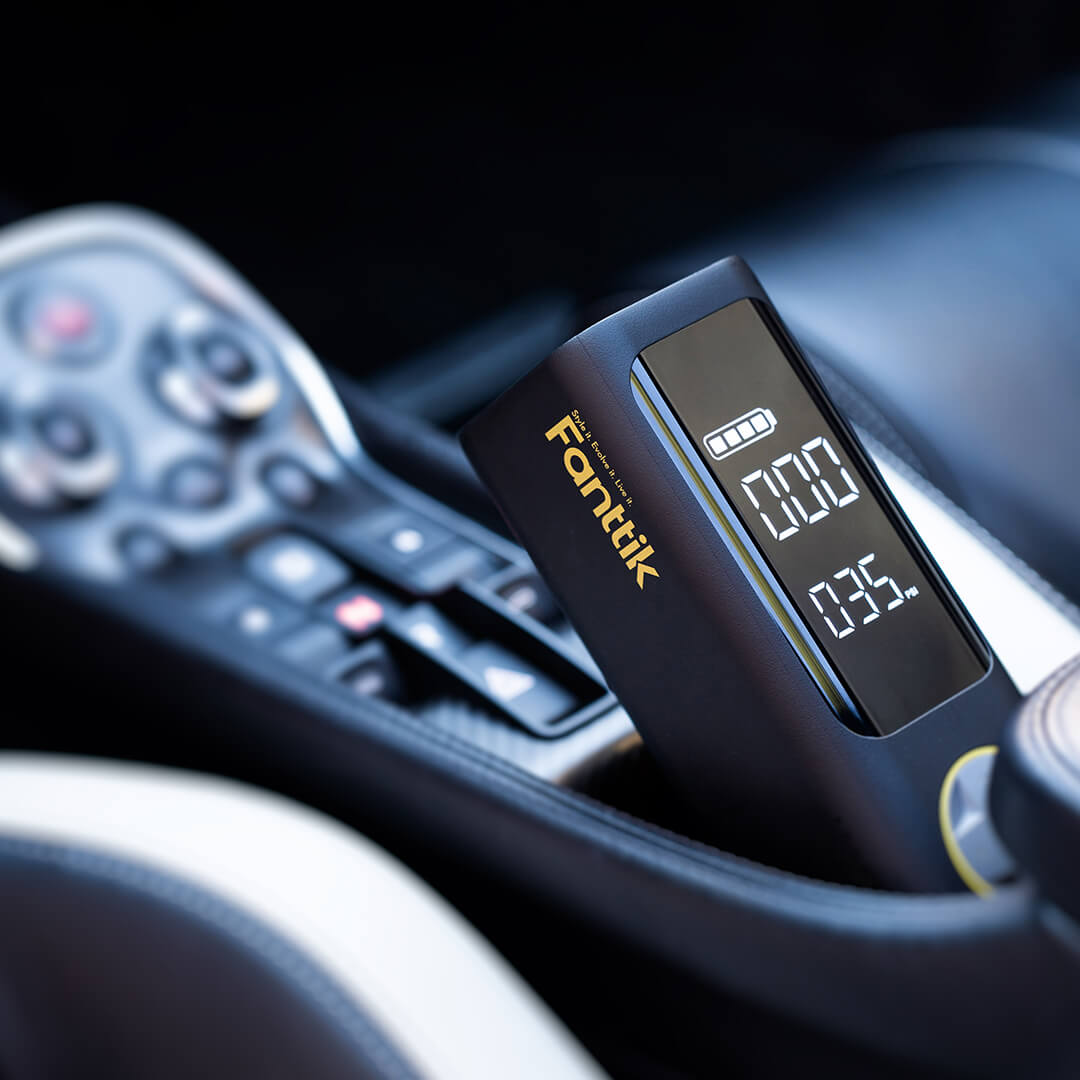
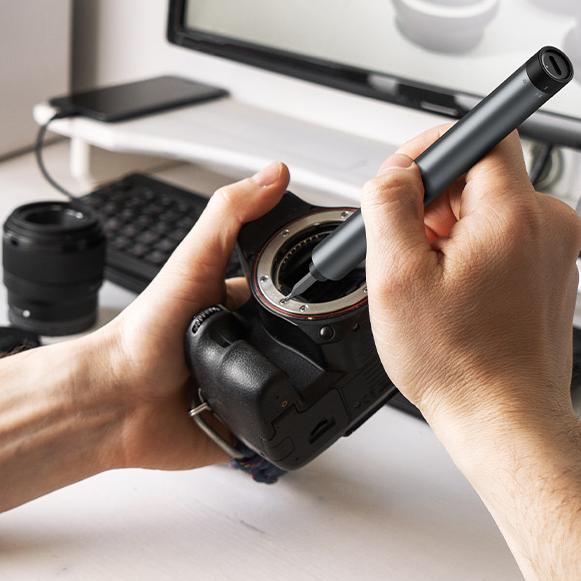



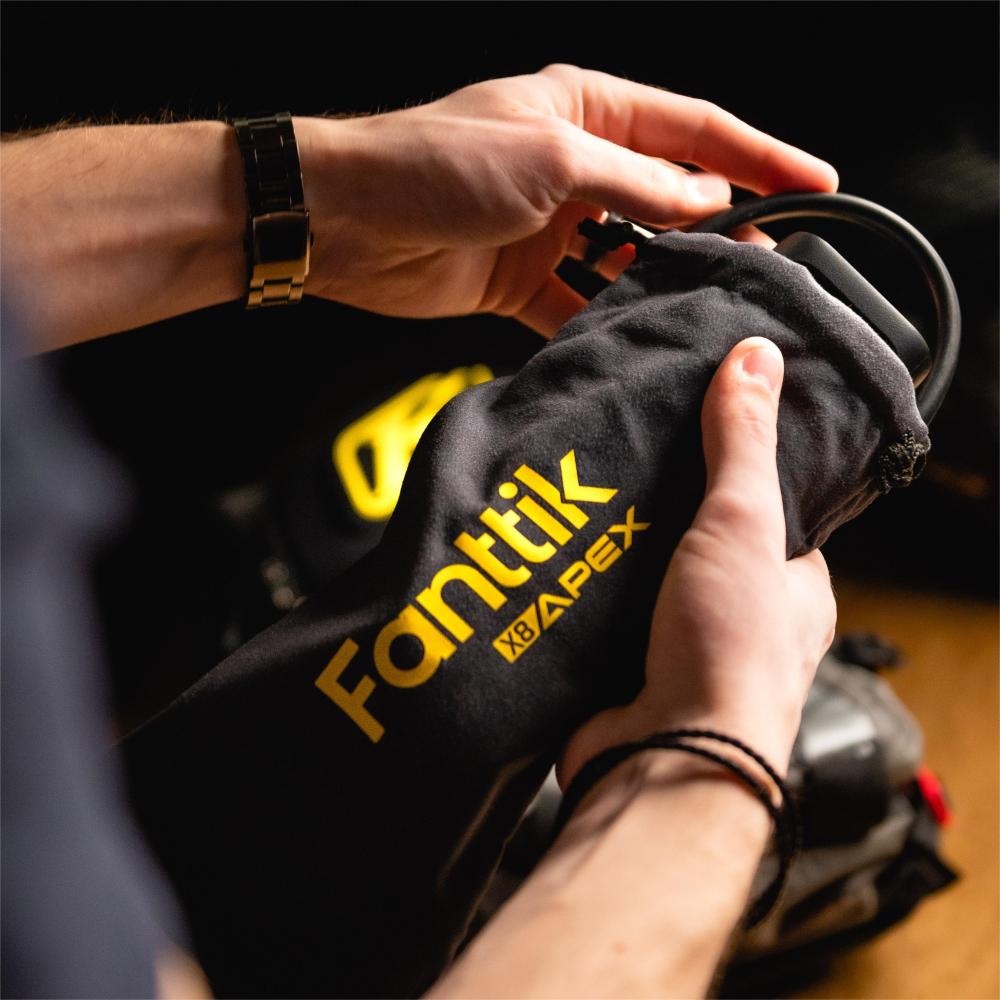

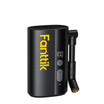
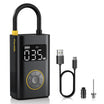
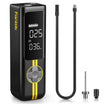
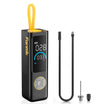
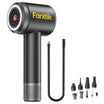
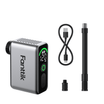
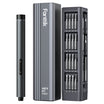
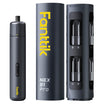
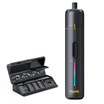
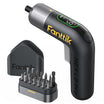
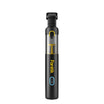
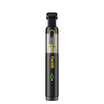
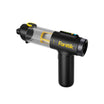
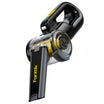
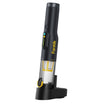
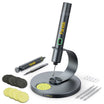

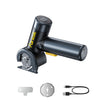
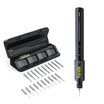
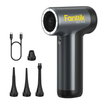
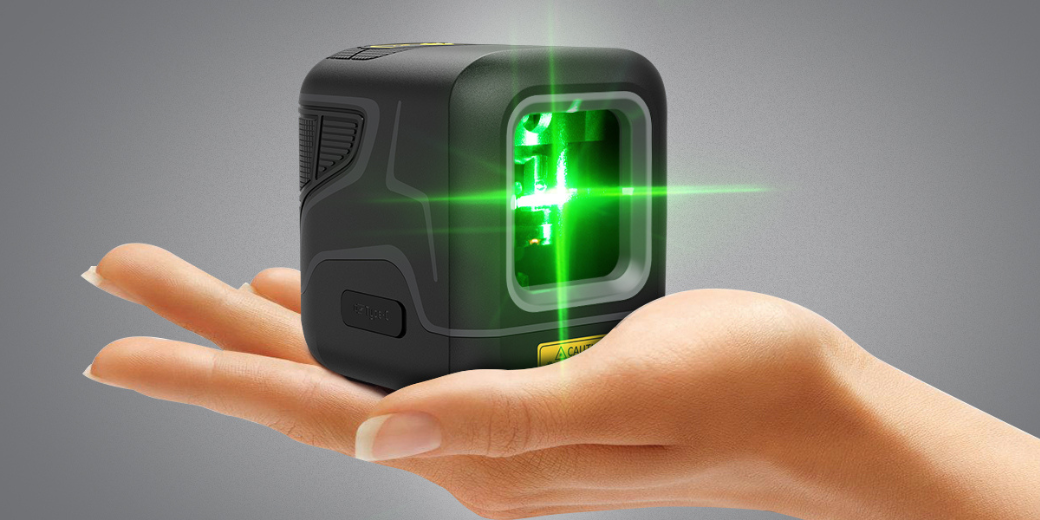


Leave a comment
All comments are moderated before being published.
This site is protected by hCaptcha and the hCaptcha Privacy Policy and Terms of Service apply.